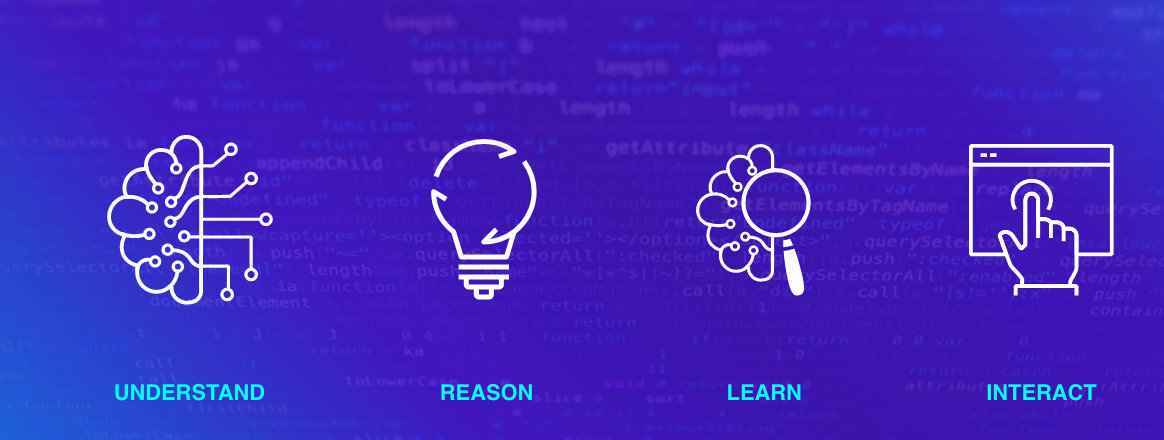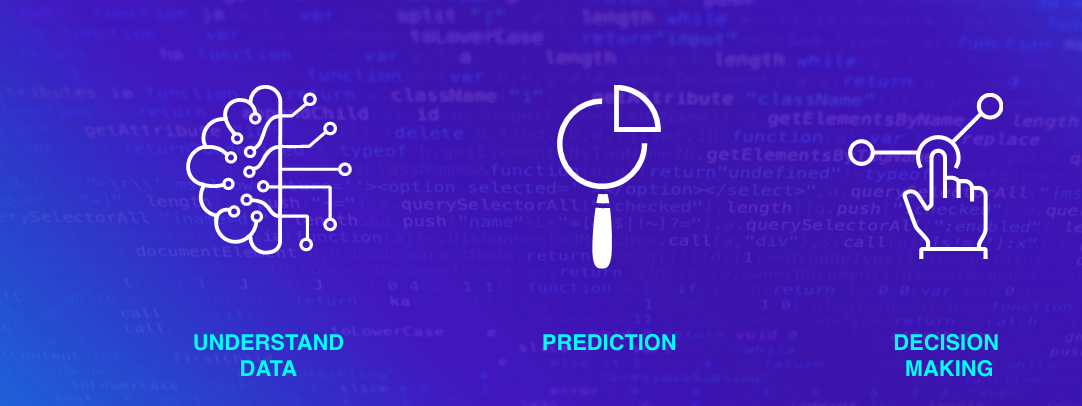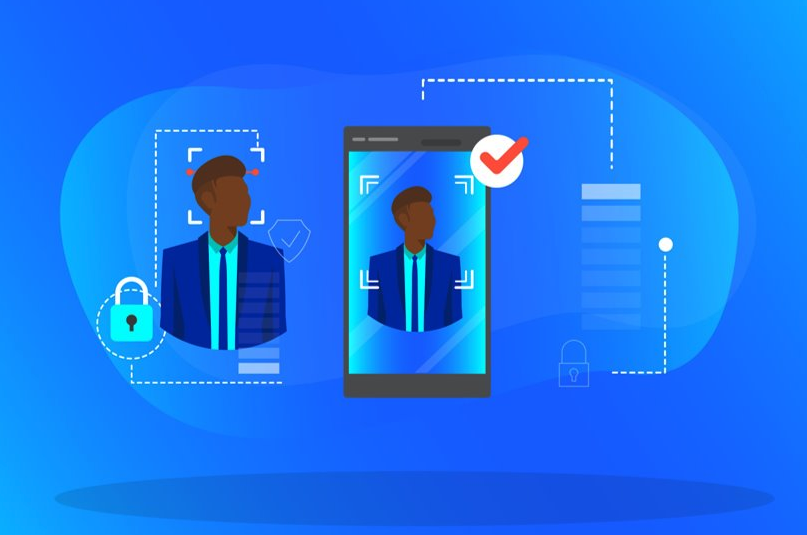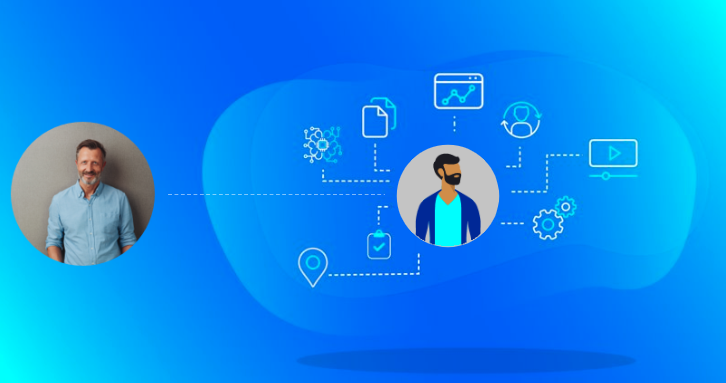Artificial Intelligence Driven Personalization
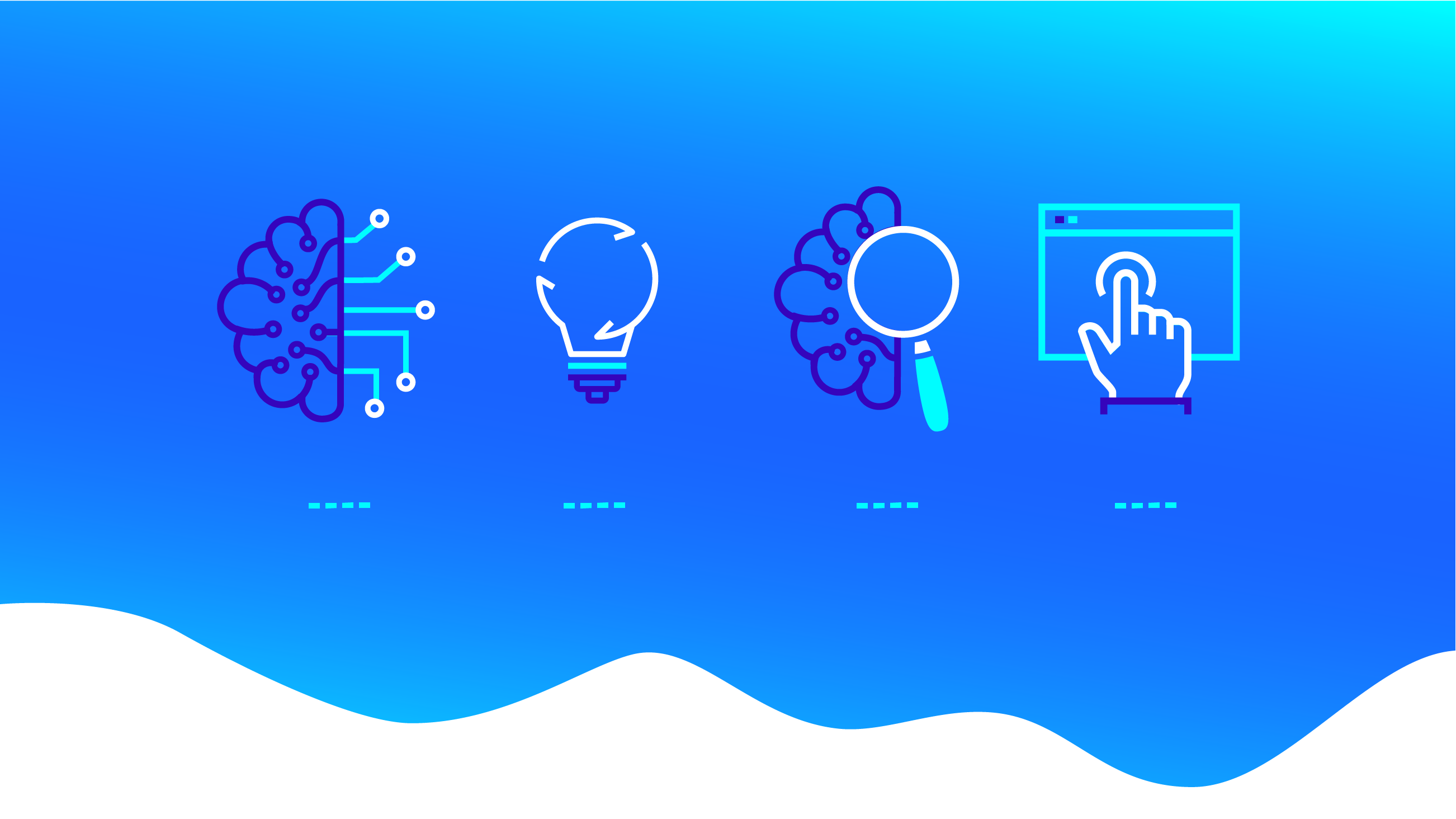
Understanding the needs of your user is critical — moving along the spectrum from a one-size-fits-all approach to a personalized experience can yield great results. The challenge is that scaling out personalization takes time and effort: you need to create marketing-driven personas, map out their individual journeys, identify the moments that really matter, and then experiment around those points. In particular, marketing-driven personas are often flawed when it comes to deep recognition of your individual visitors and truly anticipating their needs, which means the traditional process may not get you far enough.
I believe Artificial Intelligence (AI) can help bridge the gap.
Advancement of Narrow Artificial Intelligence
AI has been around a long time. I first encountered it in college in the late ‘80s where the promise was high but the near-term possibilities seemed limited. Since then, there have been some strong advances in developing cognitive systems that have some capacity to understand, reason, learn, and interact. More relevant to digital marketers is the advancement of “narrow AI,” which is applying the general AI concepts and algorithms to specific, narrowly-defined problem spaces for high-value results.
Progress in the world of narrow AI has been rapid. A decade ago, you’d have to understand the algorithms and be able to code them. Five years ago we started seeing commodification of AI- and machine-learning algorithms and movement of these systems to the cloud. This commodification has helped drive real business value out of the technology.
A classic use of narrow AI is image recognition. The basic process is that through machine learning, data is built up around understanding key physical points in an image and mapping them against a “learned” network of what those points can indicate. In the digital marketing world, this use of AI can be used for auto-tagging images in a DAM. Another key usage of AI in digital marketing is offer optimization — determining pricing, promotions, targeted offers, etc. to optimize conversion.
Creating a deeply personalized experience that understands the user and anticipates their needs has a high value in creating customer loyalty and is more than simply giving them a good offer. It’s about creating meaningful connections with your brand that will increase engagement that is motivated by more than simply a discount, which is of particular importance if you’re not a discount-oriented brand. We’ve found that while creating these experiences through marketing-driven personas can be powerful, it’s often not enough.
This is where Persona Recognition comes in.
Persona Recognition and Artificial Intelligence
Where image recognition involves using key physical characteristics to generate a match, Persona Recognition uses key behavioral characteristics, as represented in data, to generate a match. The first part of the process involves using AI to analyze data and find clusters of behavioral affinities — similarities among users that indicate similar patterns of interactions and decision-making. These behavioral affinities become the insight-driven personas that can then be targeted in the next part of the process wherein real-time users can be observed and matched against these inferred personas. Finally, based on experimentation and observation, AI can be used to drive content, paths, and other parts of the experience that it has learned is most successful for each persona. This could be through human-controlled experimentation or completely AI-driven.
For example, the AI could identify a persona type and then observe that in the user’s journey there is a critical moment that matters involving a choice between path A and path B. The AI system could further determine that for this particular persona type, the drop-off rate is three times as bad on path B as it is on path A and decide to hide that path or make path A more dominant.
Scale Personalization with Artificial Intelligence
Presenting content and experiences that make someone feel like they are understood as an individual can be immensely powerful and doing that at scale could be transformational to your brand. The good news is that creating those connections at scale is reachable through AI technology.
